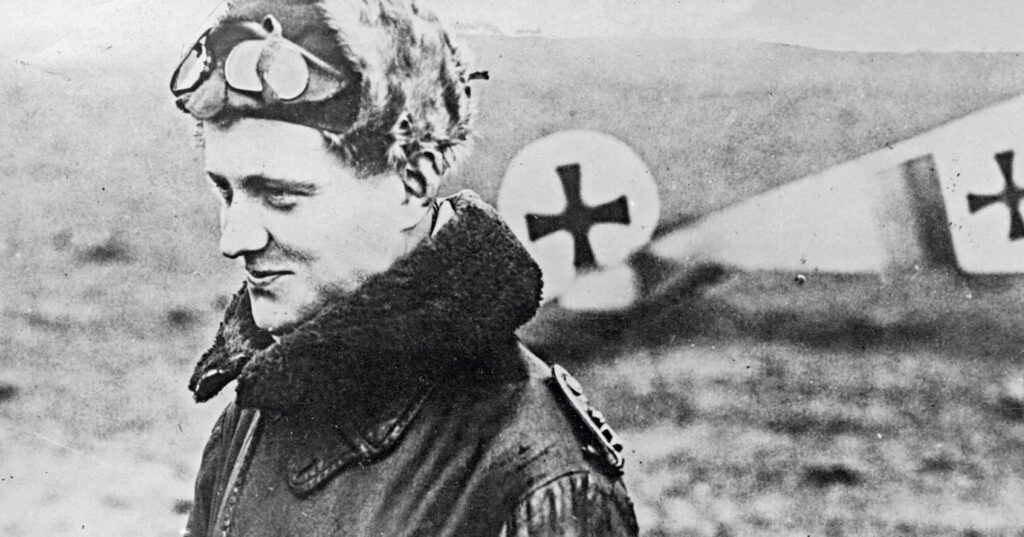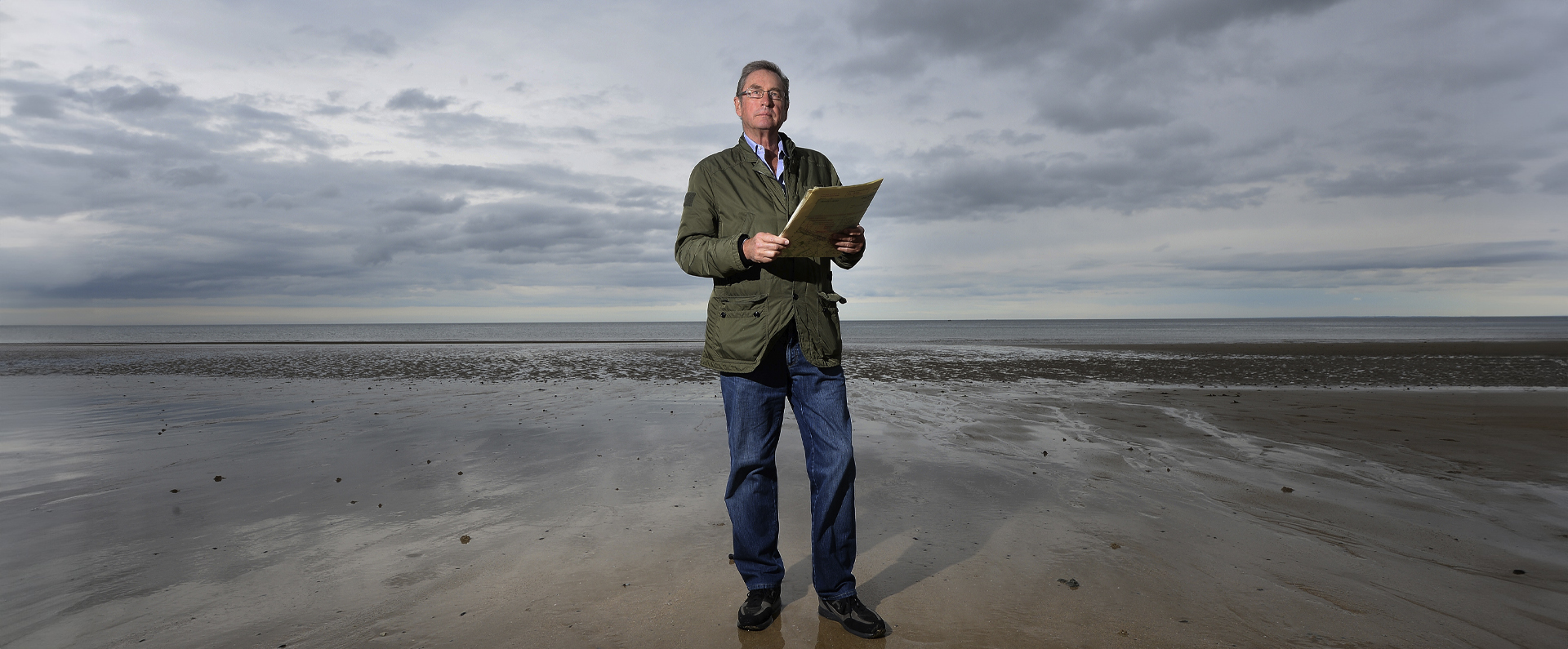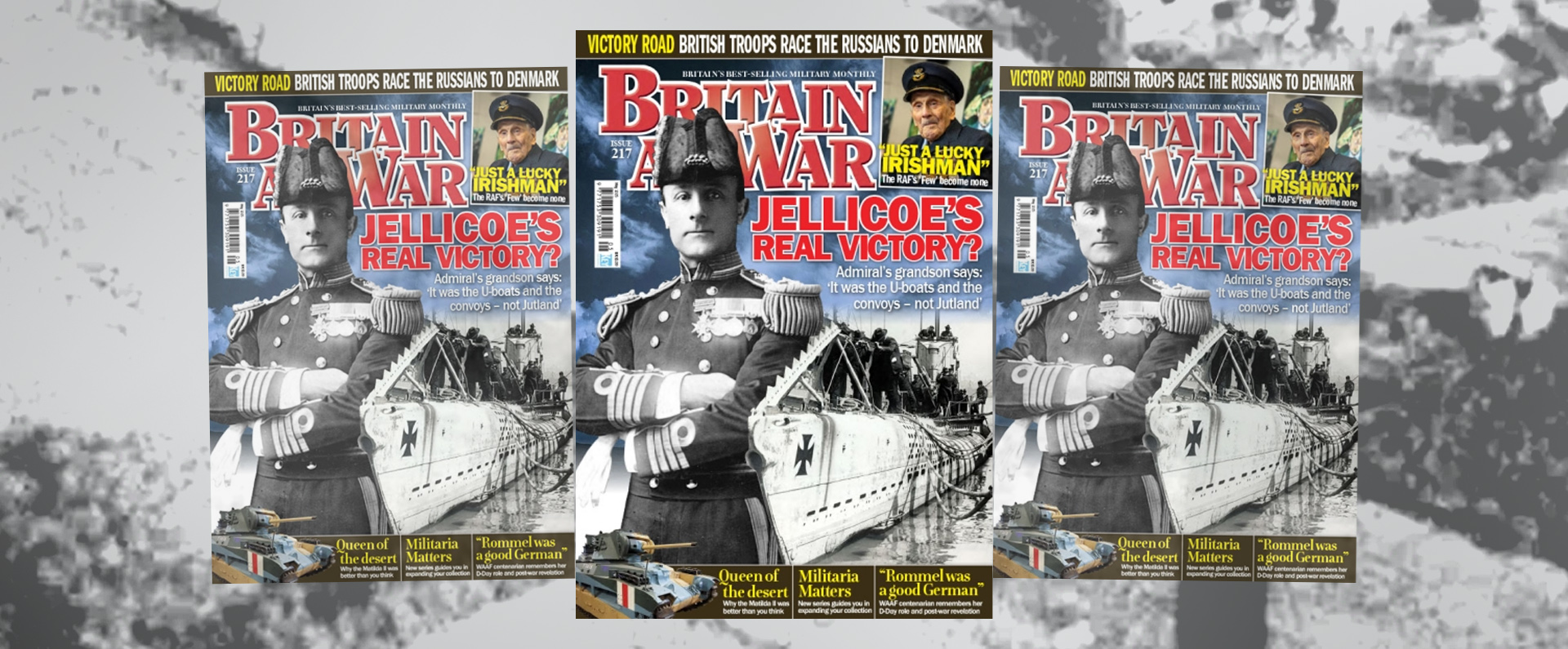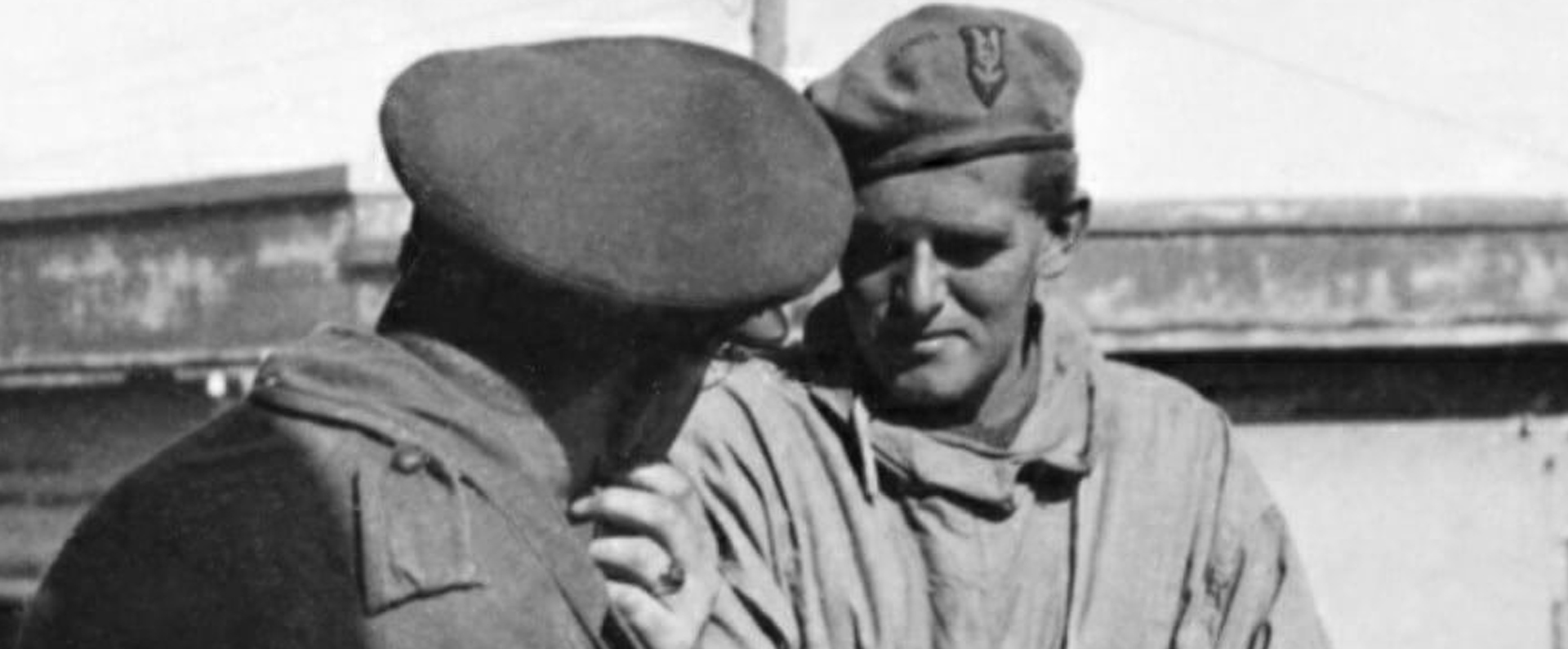
Published in the Telegraph Magazine on 21 April 2018.
Baron Manfred von Richthofen
One hundred years ago today, Germany’s flying ace the ‘Red Baron’ was shot from the skies – but not before he had achieved a record 80 ‘kills’.
Surely it couldn’t be this difficult. South Cemetery Wiesbaden, 20 miles west of Frankfurt, is home to several prestigious burial sites, but after an hour of searching for one of its most famous residents, Baron Manfred von Richthofen, better known as the ‘Red Baron’, I cannot find the First World War flying ace anywhere.
Neither the staff in the cemetery’s main florist nor visitors wandering around the cemetery have any idea where the Red Baron’s grave lies. There are apparently no maps or signs indicating where his remains rest. And then, in the fading late-afternoon light, as I pass the main entrance of the enormous, century-old graveyard for a second time, I finally notice, out of the corner of my eye, a tiny, discreet sign, little larger than a postcard on a noticeboard, giving simple directions to the grave.
Eventually, off a gravel path, I find the family plot that the Red Baron shares with close relatives, including his sister and brother. Covered in moss and lying beside each other like old, broken teeth, the gravestones are scattered, flat on the ground in front of an untamed shrub, devoid of embellishment. The weathered inscription on the Red Baron’s headstone makes only a fleeting reference to his astonishing achievements. It begins: ‘Rittmeister [Cavalry Captain] Manfred Freiherr [Baron] von Richthofen…’
The next day I meet up with the current Baron Donat von Richthofen, the family’s spokesman, who describes himself as the ‘nephew’ of the Red Baron. At his split-level, three-bedroom apartment in Munich, the 71-year-old serves me tea and pretzels, and tells me how the Red Baron had been largely forgotten in his homeland for the best part of half a century. In fact, he says, the Red Baron is probably better known today in Britain than he is in his native Germany, where there is a reluctance to dwell on the outcome of two world wars.
Von Richthofen, however, remains proud of his family links to the legendary pilot. ‘He was the right man at the right time, and he was a sportsman, a gentleman and a good hunter,’ he says. ‘This kind of man no longer exists. It was his passion to fly and to shoot.’
I, too, believe the Red Baron should be more widely acclaimed in Germany. I have built up the world’s largest collection of Victoria Crosses, Britain and the Commonwealth’s most prestigious award for courage in the face of the enemy, but have always remained adamant that bravery is a quality that is displayed by servicemen on both sides of a war. And to prove my point, I visited Germany and France to investigate the life – and death – of the man who became immortalised in a wide range of books, films and television series.
Manfred Albrecht Freiherr von Richthofen was born in Lower Silesia – now part of modern-day Poland – on 2 May 1892. He was a member of a Prussian aristocratic family and, as such, adopted the title of Baron von Richthofen. As a young man, he was a keen hunter and a fine shot.
One of four children, his family moved to Schweidnitz (now also part of Poland) when he was just four. Educated both in local schools and at home, he excelled at gymnastics and horse-riding. He became a cadet in 1903, aged just 11, at the behest of his father and was commissioned as a cavalry officer in 1912. With his family links and his sporting prowess, he was a natural for the role. However, after the outbreak of the First World War in July 1914, it became clear that machine guns, improved artillery weapons and barbed wire had changed the face of warfare for ever.
With the days of the mounted cavalry appearing to be numbered, the young von Richthofen was looking for an alternative challenge at a time when a potentially new area of combat was offered by the recently invented flying machine.
The first powered flight by the Wright brothers had taken place in December 1903 but, as war broke out, generals on both sides saw the opportunities offered by these early aircraft for military use, particularly in the reconnaissance of enemy positions.
Initially, rival pilots waved as they flew past each other but soon they were taking revolvers, machine guns and other weapons into their cockpits to try to shoot one another down.
Von Richthofen transferred to the Imperial German Army Air Service in May 1915, having just turned 23. ‘I have not gone to war in order to collect cheese and eggs, but for another purpose,’ he explained in his transfer request. It seemed life on the ground was no longer for him.
Von Richthofen’s early days in the skies were not successful ones, however: he struggled to control his aircraft and actually crashed his first solo flight. In his autobiography, written in 1917, he later wrote of being told he would fly alone for the first time: ‘I must say I felt like saying, “I am afraid.” But this is a word that should never be used by a man who defends his country.’
Of his crash landing, he stated, ‘I succeeded in converting my aeroplane into a battered school bus. I was very sad, looked at the damage I had done to the machine, which after all was not very great, and had to suffer from [fellow airmen’s] jokes.’
Yet his determination eventually turned him into a skilled aviator after he joined one of the Jasta squadrons: German pilots tasked with bringing down enemy planes. In fact, von Richthofen persuaded Oswald Boelcke to let him join his so-called ‘hunting pack’, Jasta 2.
At this time, casualty rates for new fighter pilots were high, with many lasting only three to six weeks before meeting their deaths. There were no parachutes, and if the aircraft caught fire a pilot was likely to be burnt alive in the skies. Some even leapt to a certain death from their planes, knowing their fate would be far worse if they remained in their blazing cockpits.
It was on 17 September 1916, in the latter days of the Battle of the Somme, that von Richthofen gained his first confirmed ‘kill’, shooting down a two-seater British plane. ‘I gave a short series of shots with my machine gun,’ he later said of the dogfight. ‘I had gone so close that I was afraid I might dash into the Englishman. Suddenly, I nearly yelled with joy for the propeller of the enemy machine had stopped turning.’
He honoured the event by commissioning a small silver cup engraved with the date of the victory and the type of enemy aircraft. He eventually continued this custom with each kill until he reached 60 cups and silver became scarce.
Distant and brooding, his talents in the air lay in his shooting ability and his hunter’s instincts. He was patient and calculating, stalking his prey by harnessing the sun, cloud and wind to gain an advantage over his rival pilots before using his ruthless streak to strike at precisely the right moment.
He had self-confidence and stamina in abundance too, often flying many missions a day. ‘During my whole life I have not found a happier hunting ground than in the course of the Somme Battle. In the morning, as soon as I had got up, the first Englishmen arrived, and the last did not disappear until long after sunset,’ he once said.
However, dangers abounded and on 28 October 1916, von Richthofen’s mentor and hero, Boelcke, was killed in a mid-air collision with a comrade during a dogfight.
On another occasion, von Richthofen said, ‘Everything depends on whether we have for opponents those French tricksters or those daring rascals, the English. I prefer the English. Frequently their daring can only be described as stupidity. In their eyes it may be pluck and daring.’
Perhaps his most renowned dogfight was on 23 November 1916, when he shot down Major Lanoe Hawker VC, DSO, his most famous adversary, described by von Richthofen as the ‘British Boelcke’. Flying an Albatros D.II, the German shot the Briton in the back of the head at the culmination of a long aerial contest just as his rival attempted to escape to his own lines.
In January 1917, after his 16th confirmed kill, von Richthofen was awarded the Prussian Order of Pour le Mérite, or ‘Blue Max’, German’s highest military honour at the time. In the same month he assumed command of his own squadron, Jasta 11.
Unsurprisingly, he used his experiences in the air to advise his men: ‘Aim for the man [rather than the plane] and don’t miss him. If you are fighting a two-seater, get the observer first; until you have silenced the gun, don’t bother about the pilot.’
True to his flamboyant nature, von Richthofen decided to paint his plane bright red, and soon other squadron members had their aircraft painted in vivid colours. In April 1917 his squadron enjoyed unparalleled success: in that month alone the Red Baron (as he would later become known) shot down 22 British aircraft, including four in a single day.
In his autobiography, he wrote of this period of his flying career: ‘I had shot down 50 aeroplanes. That was a good number but I would have preferred 52. So went up one day and had another two.’ By now, heavy machine guns were fixed to the aircraft – designed to fire forward and miss the plane’s own propeller – which led to a massive rise in casualties on both sides.
By the late spring of 1917, the Germans were employing a new tactic of using a larger group of some 20 aircraft to fight together. Von Richthofen was recalled from leave to lead the unit, Jagdgeschwader 1, which comprised four Jasta squadrons. It was Jagdgeschwader 1 that became known as the ‘Flying Circus’ because of it brightly coloured planes. The name also derived from their mobility: like a circus, they moved from one location to another with ease.
In July 1917 the Red Baron, who often flew with his brother Lothar, received a serious head wound while leading a group of eight Albatroses. In a fierce dogfight, two British and four German planes fell from the sky before a bullet fired from an observer in a British two-seater FE2d aircraft hit the Red Baron in the head.
With its pilot temporarily blinded and partially paralysed, von Richthofen’s aircraft spiralled towards the ground. However, with just seconds to spare he regained some vision and fought successfully to control his plane before making an emergency forced landing behind his own lines.
In hospital, he was diagnosed with a fractured skull. Yet on 25 July, just 19 days after this incident, he was back on duty.
From the late summer of 1917 onwards, the Red Baron was flying in a distinctive three-winged Fokker triplane and the German propaganda machine labelled him the ‘Red Fighter Pilot’. The French preferred to call him ‘the Red Devil’.
However, dizziness and headaches from his wound prevented von Richthofen from operating at full capacity and his kill rate dropped. From September to November 1917, he was persuaded to take time off to recover.
When he returned to the skies, some of his self-confidence and his youthful warrior-like spirit had deserted him, but his sense of humour was undimmed. ‘The English had hit upon a splendid joke. They intended to catch me or bring me down,’ he said.
By early 1918, with the outcome of the war still evenly poised, the Red Baron’s fame grew and grew: German pilots were desperate to fly by his side, while enemy ones were equally keen to shoot him down.
On 20 April 1918 von Richthofen gained his 79th and 80th kills, making him the first – and only – fighter pilot of the Great War to reach such a total. The next day, however, von Richthofen’s luck finally ran out. He had taken off from Cappy, in France, with nine other aircraft, soon encountering a squadron of Sopwith Camels, so a dogfight ensued. Shortly after 11am, while flying near the Somme river, he received a single bullet wound to the torso while pursuing one of the British aircraft at low altitude, and while also himself being chased by another pilot.
To this day, there is controversy about whether he was shot down by a rival pilot or from the ground. On balance, judging from the entry angle of the bullet wound, it seems more plausible that he was shot from the ground by anti-aircraft fire.
In the final moments of his life, he managed to land his aircraft in a field of sugar beet, near the village of Vaux-sur-Somme, and in a sector controlled by the Australian Imperial Force. He died in his cockpit, aged 25, and it was reported that his final word was ‘kaputt’.
Within hours, souvenir hunters had dismantled his plane. Inevitably, and rather sadly, most of the Red Baron’s victims – some 73 of his 80 ‘kills’ – were British. The majority of the British airmen shot down perished, although a small minority managed to land their stricken aircraft safely. The Red Baron’s first two victims were Second Lieutenant Lionel Morris, aged 19, and Captain Tom Rees, aged 21, who both died after their FE2 aircraft was shot down in a dogfight on September 17, 1916.
The Red Baron was buried with full military honours on the day after his death at Bertangles, in northern France, close to where he crashed. More than 100 mourners attended his funeral. It was, of course, extremely rare for an enemy serviceman to be treated with such immense respect.
When the French approved the establishment of a German military cemetary at nearby Fricourt, also on the Somme, his remains were moved there in 1921, three years after the end of the First World War.
He lay there, among more than 17,000 fellow officers and soldiers, until 1925. Then, at the insistence of the German government, his remains were transferred to the Invalids’ Cemetery in Berlin, where many Prussian military heroes are buried. There he was honoured with a state funeral.
During the Cold War, the Invalids’ Cemetery formed part of the boundary that split Berlin and many graves and memorials were damaged by gunfire aimed at people attempting to escape from East Germany. So, in 1975, his remains were moved yet again – to Wiesbaden.
Intriguingly, Manfred von Richthofen only became known as the Red Baron some time after the First World War ended, with the nickname being used first in England and later in his homeland.
Today, even though as a patriot I mourn the loss of every British and Allied airmen that the Red Baron killed, as a champion of courage I salute the bravery of a man who achieved such enduring fame that, even a century after his death, he is still widely hailed as the greatest fighter pilot who has ever lived.
Read this article on Telegraph.co.uk
For more information, visit:
LordAshcroftOnBravery.com


